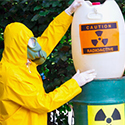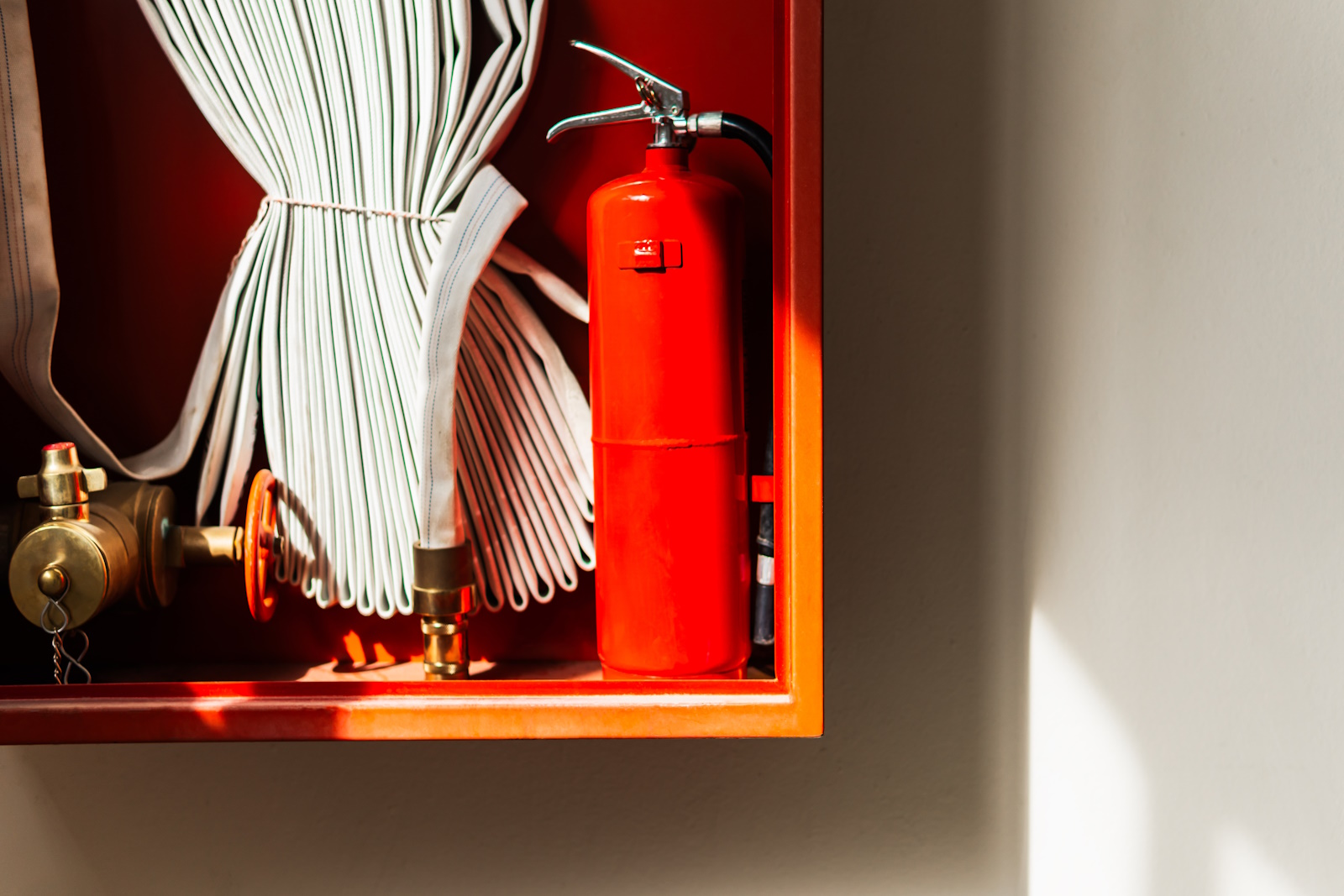Fire Hazards in Medical Disposal Waste Storage
In healthcare settings, managing medical disposal waste is crucial not only for infection control but also for fire safety. Improper storage and handling of medical waste can lead to significant fire hazards, endangering both personnel and property. This blog explores the types of flammable medical waste, the risks associated with improper storage, and best practices to mitigate fire hazards in compliance with South African regulations.
Types of Flammable Medical Disposal Waste
Medical facilities generate various types of waste, some of which are highly flammable. Identifying these materials and handling them properly is essential in preventing fires:
- Alcohol-Based Disinfectants: Commonly used for sanitising surfaces and hands, these substances are highly flammable and can ignite if exposed to heat or sparks.
- Aerosol Cans: Products like disinfectants, anaesthetics, or even cleaning agents in pressurised containers pose explosion risks when exposed to high temperatures.
- Contaminated Dressings and Gauze: When soaked with flammable substances, such as alcohol-based solutions or solvents, these materials can easily catch fire if not disposed of properly.
- Solvent-Based Cleaning Agents: Used for cleaning equipment and surfaces in medical environments, these agents are volatile and can emit flammable vapours.
By ensuring that these materials are identified, segregated, and stored in the right containers, the risk of fire can be greatly reduced.
Risks of Improper Storage Practices
Improper storage of medical disposal waste significantly increases fire risks. Understanding how and why these practices can lead to dangerous situations is key to preventing incidents:
- Proximity to Heat Sources: Storing flammable waste near heat-producing equipment, such as autoclaves, heating systems, or even electrical outlets, can lead to ignition.
- Poor Ventilation: Inadequate airflow in storage areas can cause the accumulation of flammable vapours, increasing the likelihood of combustion.
- Mixing Incompatible Materials: Combining certain chemicals and materials can result in reactions that generate heat or release flammable gases.
These practices can lead to serious fire-related accidents and expose workers to harmful chemicals and toxic fumes. Understanding the risks associated with improper storage is vital to implementing safer practices.
Adherence to Regulatory Fire Safety Standards
In South Africa, various regulations provide clear guidelines for managing medical disposal waste to ensure that fire hazards are minimised:
- SANS 10248-1: This standard specifies the requirements for the management of healthcare risk waste, including segregation and storage of flammable materials.
- Western Cape Health Care Risk Waste Management Regulations, 2013: These regulations outline the minimum requirements for containers and storage facilities, with a specific focus on fire safety measures.
- National Building Regulations and Building Standards Act, 1977: This act mandates adequate ventilation, fire-resistant materials, and proper storage areas for hazardous waste.
- Occupational Health and Safety Act, 1993: This act requires employers to implement measures to prevent fires and explosions in workplaces, including proper waste management protocols.
Employee Awareness and Training
Regular training is crucial for preventing fire hazards in medical facilities. Employees must be aware of the potential risks associated with medical disposal waste and know how to respond in the event of a fire:
- Fire Safety Protocols: Staff must be trained on fire prevention, emergency response procedures, and the proper handling of medical disposal waste. This training ensures that everyone is prepared to take quick and effective action in case of a fire.
- Proper Handling Techniques: Employees should be taught how to handle and dispose of flammable medical waste safely. This includes understanding the correct storage methods and the importance of using fire-resistant containers.
- Regular Drills: Conducting fire drills regularly ensures that employees are prepared to act quickly in the event of a fire. These drills help staff familiarise themselves with emergency exits and the appropriate firefighting equipment available.
Utilisation of Safe Containers and Labelling
Using appropriate containers and clearly labelling them is crucial for fire safety in waste management:
- Fire-Resistant Containers: It is essential to use containers that can withstand high temperatures and prevent fires from spreading. Fire-resistant containers help reduce the risk of ignition and ensure that waste is stored safely.
- Clear Labelling: Properly labelling containers with hazard symbols and handling instructions ensures that staff can easily identify hazardous materials. This is essential for preventing accidental mishandling and reducing fire risks.
- Regular Inspections: Containers should be regularly inspected to ensure they are in good condition and free from leaks. Waste that leaks from containers can create a dangerous environment and increase the risk of fire.
By using the right containers and maintaining a high standard of safety, healthcare facilities can protect both employees and patients from fire hazards.
Emergency Response Planning
Preparedness is essential when it comes to managing fire-related incidents:
- Evacuation Plans: Developing clear and well-communicated evacuation routes and procedures ensures that everyone knows how to safely exit the facility in the event of a fire.
- Firefighting Equipment: Facilities should ensure that appropriate firefighting tools are available in waste storage areas. These should be easily accessible to staff in case of an emergency.
- Coordination with Fire Services: It is also important to establish communication with local fire departments for prompt response. Facilities should notify fire services of hazardous materials stored on-site, ensuring that they are equipped with the information they need to handle an emergency safely.
Having an effective emergency response plan minimises damage, reduces risk, and ensures the safety of everyone in the facility.
Conclusion
Managing medical disposal waste with a focus on fire safety is imperative in healthcare settings. By adhering to regulatory standards, implementing proper storage practices, and ensuring staff are well-trained, healthcare facilities can significantly reduce fire risks. For comprehensive solutions in medical waste management, A-Thermal offers advanced technologies and services to ensure safe and compliant disposal – get in touch with us today.







